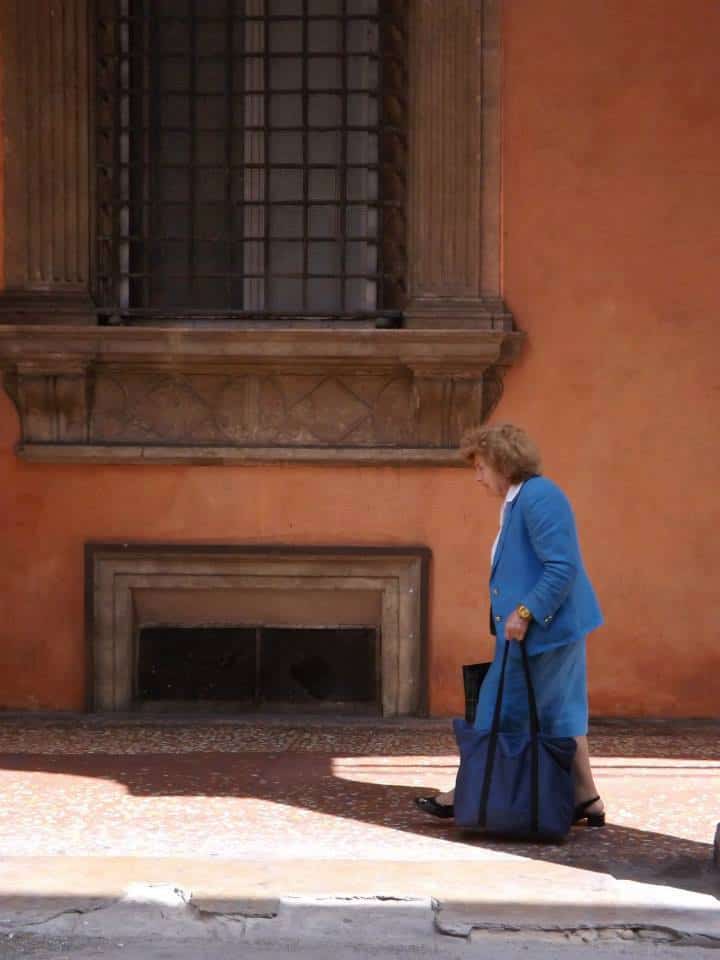So many of the people I know who visited Italy fell completely in love with it, and many would like to return or even retire there.
There are many reasons why Italy is special, but all are driven by its geographical position and characteristics, which facilitated a long and fragmented history. Visitors are fascinated by the variety of cultural heritage, the different landscapes, the climate, the fresh local food, and the happy and welcoming characters of the Italians.
I have compiled ten reasons that make Italy special, keep reading to find out more about each one.
1. In Italy, you are constantly surrounded by a wealth of cultural heritage
As a child and growing up I always appreciated art and historic heritage, but it was only when I moved away from Italy that I realized that, aside from the officially-recognized wealth of cultural heritage, Italy is special because beautiful architecture, monuments, historic sites and art are encountered everywhere, from large cities, to small towns and villages, and there is always something beautiful and interesting to look at, which allows you to feel immersed in the country’s history. Just as an example, my High School building had original fifteenth-century frescoes on the ceilings!

Italy is famous for having produced a wealth of artistic and historic heritage. Italy’s central geographical location in the Mediterranean Sea led it to be at the center of Western civilization and facilitated its very rich history. So many different people passed through the country for both colonization and trade purposes. This meant that there was commercial, cultural and artistic exchange over many centuries.
To give you an idea, here is a list of the encounters that Italy had with other cultures through both foreign invasions and trade:
- Ancient Greeks
- Carthaginians
- Normans
- Spanish
- French
- Contacts between Sicily and North Africa
- Contacts of the Repubbliche Marinare (Maritime Republics) such as La Serenissima di Venezia, Amalfi, Pisa and Genova with Europe and Asia.
Italy is also home to the Catholic Church which, through the centuries, acted as a catalyst for art, produced both to celebrate religion and to convey messages to the population (think about the church frescoes and mosaics that can be found in many Italian churches).
It is no surprise that Italy is home to countless world-renowned artists, such as Michelangelo, Raffaello and Leonardo da Vinci, just to name a few.
Italy has 55 UNESCO World Heritage sites in total, coming second in the world only to China! Fifty of these sites are classed as “cultural” sites (which includes S. Marino with one site).
Cultural heritage consists in monuments, groups of buildings and sites (such as archaeological sites) which are of outstanding historic, artistic or scientific value. It is significant that, out of these heritage sites in Italy, fifteen are whole towns, cities or city centers.
2. In Italy, everywhere has a good balance of built landscape and nature
When I moved away from Italy, I also begun to appreciate how, in Italy, beautiful nature is present everywhere. When I stopped to think about why this was, I came up with the reasons below.
Italy’s geography, in particular the presence of the Alps and the Apennines, and the absence of large amounts of raw materials (such as oil or steel) that could be exploited, meant that no large-scale industries were built and humans integrated man-made structures harmoniously within the rich natural surroundings. This means that, no matter where in Italy you are, there is always natural beauty around you.
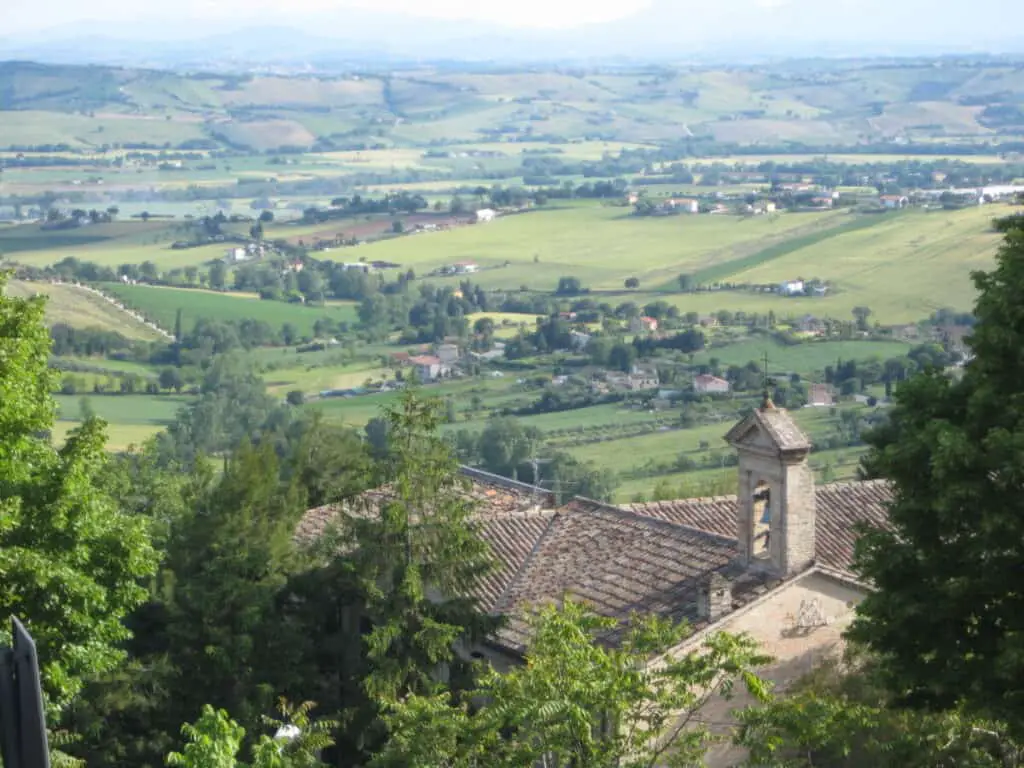
Italy’s industries revolve mainly around manufacturing of products. They are smaller and were built around pre-existing cities, or “Comuni” each with a rich individual history and independently governed prior to Italian unification in 1871.
Even the cities with the largest industrial added value, of which the top five are Lecco, Bergamo, Vicenza, Reggio Emilia and Belluno (all in northern Italy, the top two in Lombardy) have a rich history, and are therefore attractive and have a lot of nature around them.
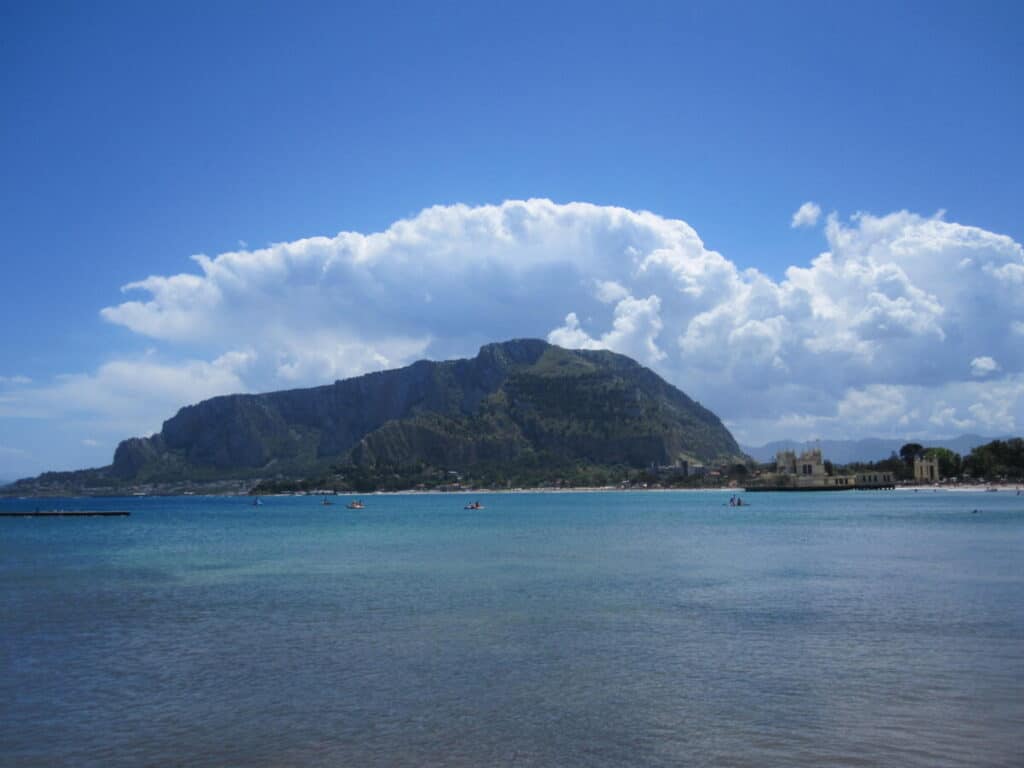
3. Italy provides a rich variety of man-made landscapes
Man-made landscape in Italy is very varied, in both residential areas, where there isn’t much architectural uniformity, and in historical city centers. This means that there is no monotony and there is always something interesting to look at.
Residential architecture is very often mixed with historical, non-residential architecture, such as churches, monuments, historical buildings, and so on, so there is always beauty, interest and variety.
Due to Italy’s late industrialization, compared to other countries, the development of urban areas which were specifically residential has been limited and mostly confined to the last three generations of Italians, so it has been the norm in Italy for older historical buildings to be recycled for residential purposes and so it’s not uncommon for Italians to live in buildings which are aesthetically beautiful too.
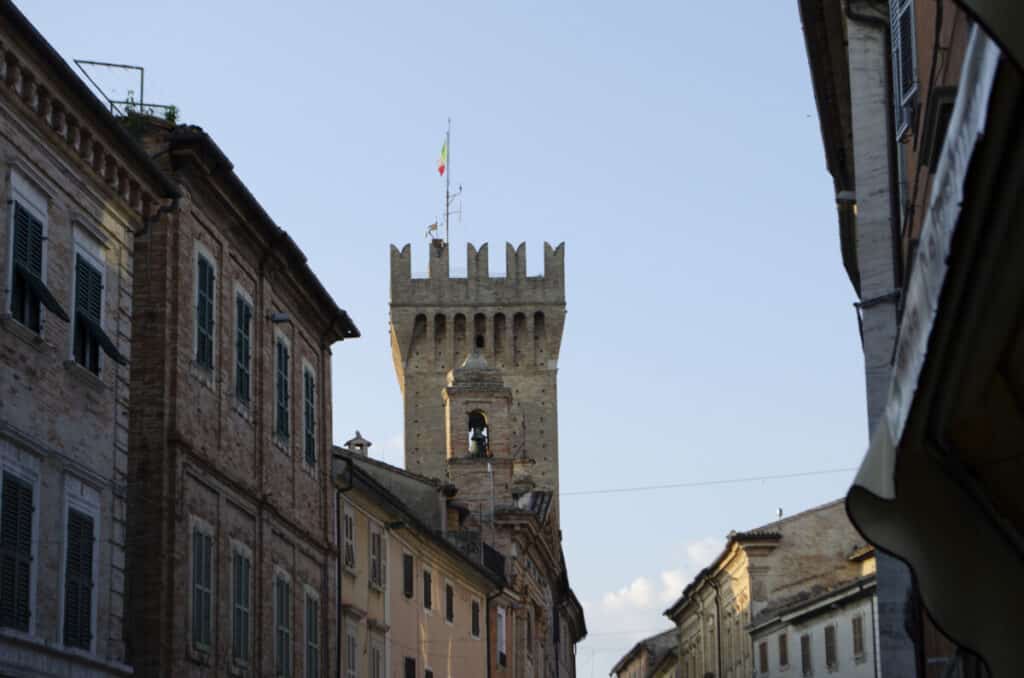
In Italy you can find a variety of architectural styles, all within a small space, due to the country’s rich and fragmented history:
- Greek (900 BC – 1st century AD) and Roman (509 BC – 4th century AD)
- Byzantine (330 AD – 1453)
- Romanesque (10th – early 13th century)
- Gothic (mid-12th – 16th century)
- Renaissance and Baroque (late 16th century 18th century)
- Neo-Classicism (mid-18th – mid 19th century)
- Fascism (late 1920s – 1943)



4. Italy’s geography means that very different landscapes are within easy reach of each other
Italy is long and thin, has three main mountain ranges (the Alps, the Apennines and the Dolomites) and most of the peninsula is surrounded by three seas: the Mediterranean, the Adriatic and the Tyrrhenian. This unique geography means that Italy is packed with different landscapes, all in a relatively small space and within easy reach of each other.
The Italian landscape consists mainly of hills and mountains and there aren’t many large areas with plains. This makes the landscape varied and means that there is always something pretty to look at.
The Apennine mountains run along Italy north to south, so if you live anywhere on the eastern or western coast, you are able to enjoy countryside, mountains and seaside. These also have different ecosystems, so, within a short distance, you get a lot of variety and are able to enjoy different types of activities, from kayaking and mountain climbing, to sunbathing by the sea, to walking in the countryside.
The Alps, Apennines, coastal areas and countryside also have different climates, so visiting different Italian regions is a bit like visiting different countries.
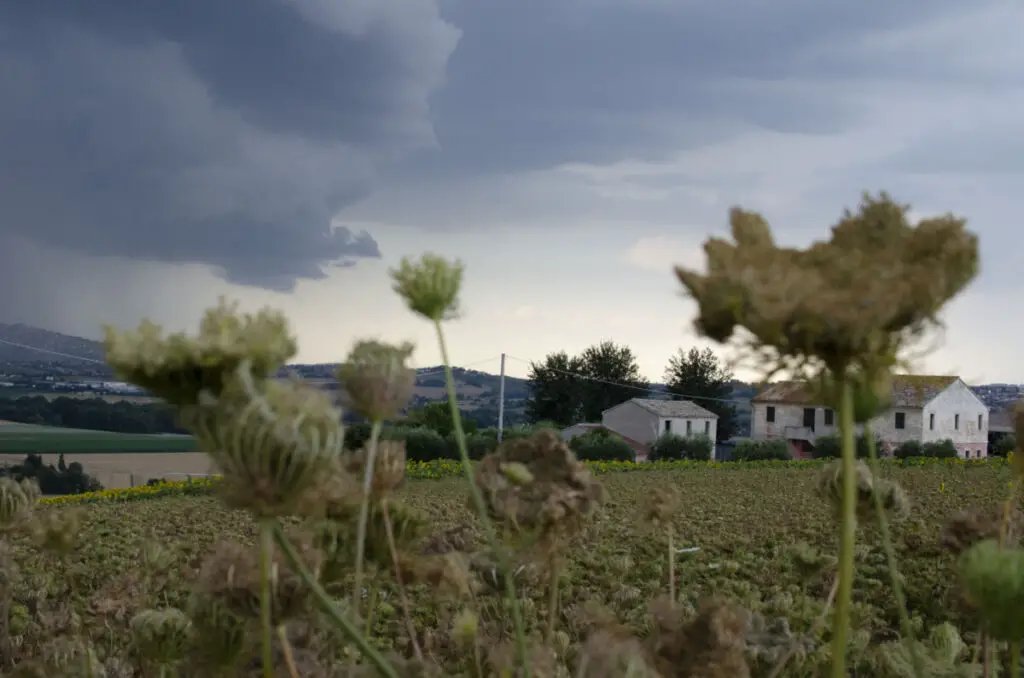
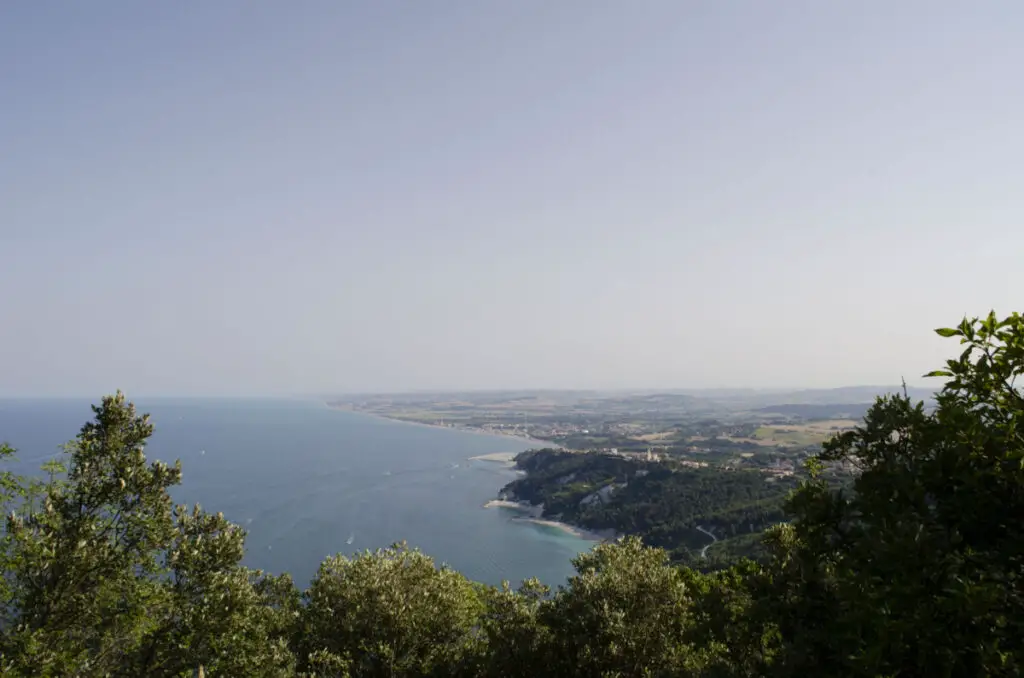
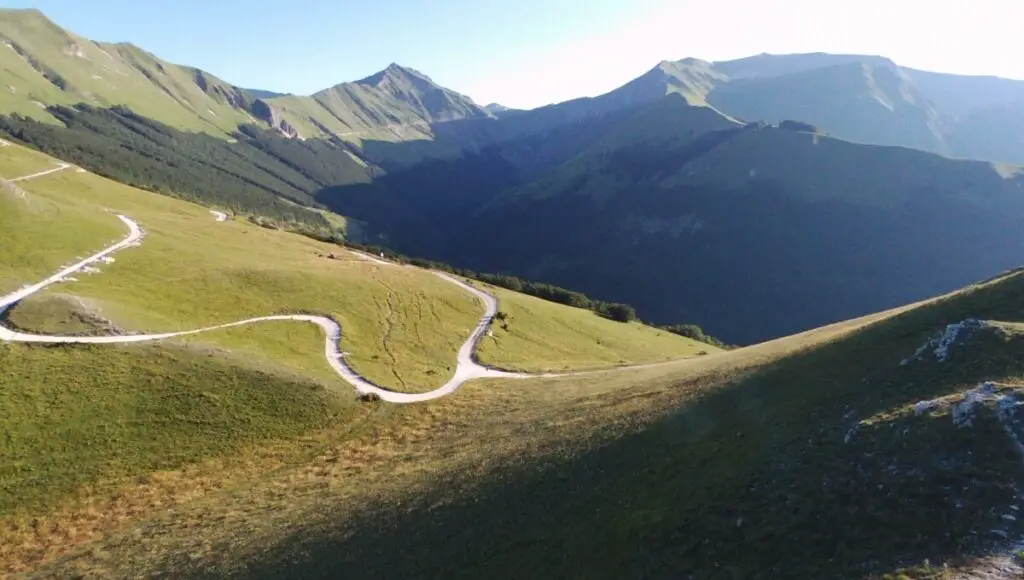
Within a small area you can also find a large number of interesting natural sites.
UNESCO indicates that Italy has four unique natural sites. These are:
Italy also has 25 national parks, which is a large number considering the country’s relatively small area. This also means that, wherever you are, there is a national park within easy reach.
5. Each Italian city and town is unique and has its own individuality
The beauty of visiting and living in Italy is that each city and town has its own individuality and uniqueness. This is due to the different influences over Italy through the centuries which are reflected in the cultural and culinary traditions of each city and town, but also in its art and architecture.

Prior to Italian unification in 1871, each municipality (or “Comune”) was ruled by a different lordship (or “Signoria”). It was common practice for whoever ruled a city to employ an artist in residence to carry out work and produce art and buildings for that particular city or municipality.
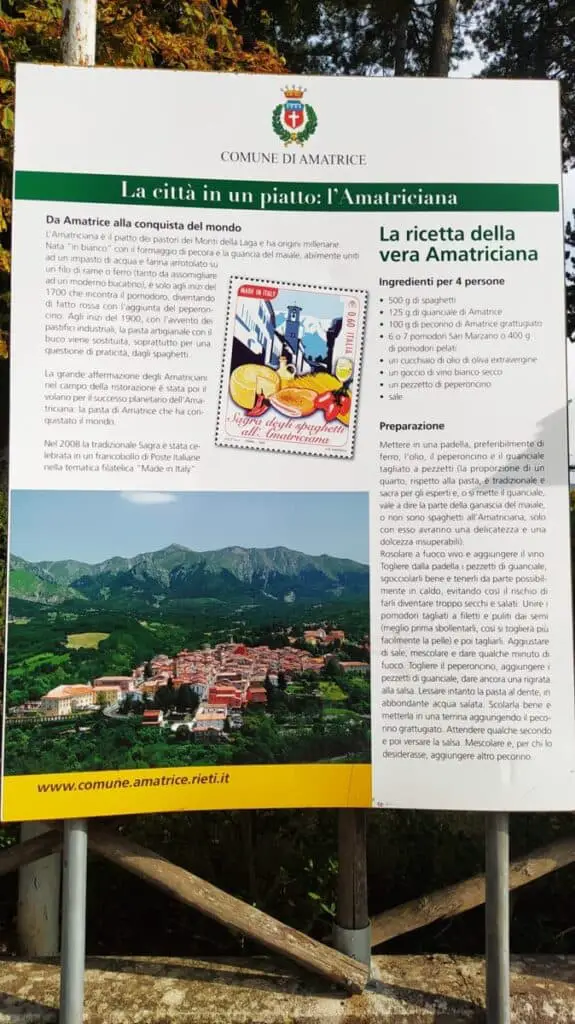
So whoever ruled over a given city or municipality would put their own stamp on it. An example of this is the House of Este (Signoria d’ Este) in Ferrara, which hired architect Biagio Rossetti to draw a city plan and build amazing buildings such as “Il Palazzo dei Diamanti”.
The artists who worked in a particular city would then often found an artisan workshop, which would then continue to produce art and architecture for the city and carry forward a particular style through the generations, such as the Ceramisti Della Robbia, a family of artisans from Florence who specialized in ceramics.
Even for people who live in Italy all year round, there is always somewhere new to explore and new things to learn.
6. Italy has a variety of fresh local food as well as one of the most famous cuisines in the world
The vast majority of the food that you find in Italy is local, and therefore fresher. I have talked about this, and the benefits of the Mediterranean diet, in my article “Why Do Italians Live so Long?“. Aside from these health benefits, however, fresher food also tastes better!
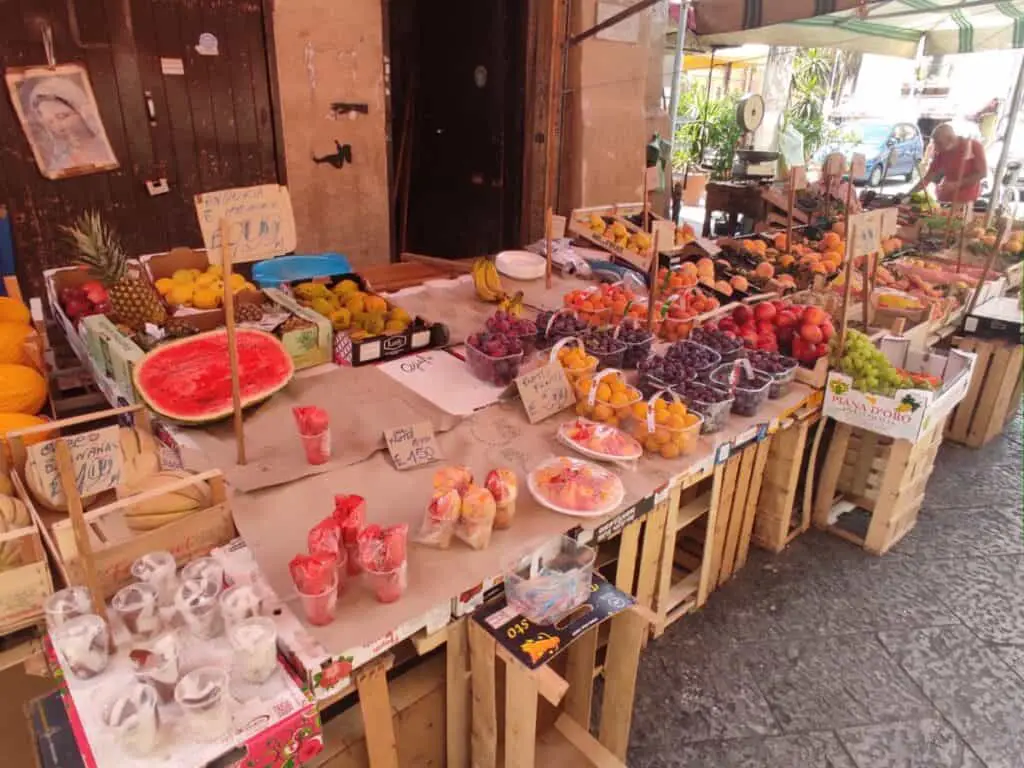
Italy also has one of the most famous cuisines in the world with a large variety of dishes and many regional specialties. This is because, throughout history, different areas of Italy were influenced by different cultures: French, Spanish, African, Greek, just to name a few. So, Italian cuisine contains elements of each of these cultures, depending on where in Italy you are.

7. The Italian climate allows you to spend a lot of time outdoors
The Italian climate, with mild temperatures through fall, winter and spring, and very little rain, makes it possible to spend a lot of time outdoors all year round.
The summer temperatures are generally high, especially in the south, but they can be managed by going out mainly in the early morning and later afternoon, and make it possible to enjoy swimming in the sea or even lakes, in certain areas.
The Italian weather is a big factor in the decision of many people to go to Italy to spend their retirement, and it also brings several health benefits, as I wrote in my article “Why Do Italians live So Long?“


7. In Italy, big cities and small towns alike are culturally vibrant
In a recently published book, famous Italian conductor Riccardo Muti talks about the uniqueness of Italian culture and says that this can be found in all aspects of Italian art, from music, to painting, to literature, to sculpture, and other various art forms.
When I say that Italy is culturally vibrant, I mean that, wherever you are, there is always a variety of cultural activities to engage in. In Italy you can:
- Go to classical music concerts
- Go to pop music concerts
- Go to contemporary theatre for a variety of shows and events
- Go to opera and classical theatre
- Take part in local festivities of cultural foods and traditions (sometimes called “sagra”)
- Watch, and participate in, religious celebrations (such as celebrations of local Saints)
- Watch, and participate in, sporting events
- Visit a variety of museums and art galleries
- Visit a variety of exhibitions (such as art and photography)
Italians are traditionally well-educated (universities and academies of fine art had their origin in Italy), and so value all those activities which allow you to engage with culture, learn, and exchange ideas.
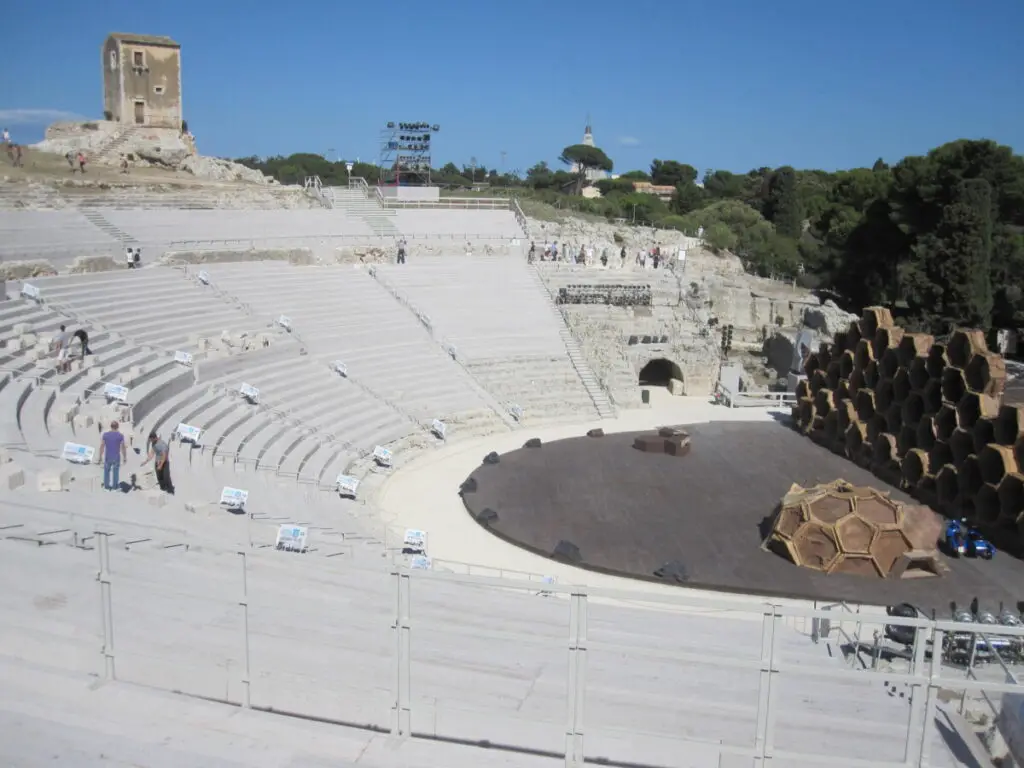
To give you an example, consider that Italy hosts some of the most famous theatres in the world, such as La Scala, but most small towns each have their own very small theatre, usually dating back to the eighteenth or nineteenth century, each with their own active season.
As a small experiment for this article, I have found the Italian “comune” with the smallest population, which is a village in northern Italy (Piedmont) called Moncenisio, and which has a population of just 30. I have looked at the local Comune website (council website) to see how many cultural events I could find for such a small village.

Within a six-week period at the time of writing (which is the summer 2021) Moncenisio offers: seven musical events, two kid-friendly events (falconry and wood carving), a three-day cultural event on medieval history, and an expert-guided sky gazing event for shooting stars.
In Italy, even the smallest local community offers plenty of cultural activity. This cultural vibrancy is important in enhancing quality of life.
8. Italians are happy, welcoming and caring
Italians are happy and caring people, and they are welcoming towards guests. Although this trait applies to all Italians, you might notice that it is particularly marked in people from southern Italy.
These differences in character between people from different areas of Italy are because different regions were exposed to different influences over the centuries. For example, some say that the Italian hospitality is more marked in the south due to the influence of the ancient Greek culture, where hospitality was a central ritual and a moral obligation.
People in the southern regions of Italy are known for being particularly extroverted, helpful towards others and caring (sometimes too caring!)
To give you an example, my grandma recently went on a holiday to Calabria, in southern Italy and stayed at a B&B. Her host, a lady of a similar age to her, regularly brought her food that she cooked for herself or invited her over to her house (which was next to the B&B) for meals, she always kept an eye out for her to check where she was (and that she was not getting into any kind of trouble!) and she even started asking people around for her one day when she went off on the beach for a walk and so was out of sight. She always put two chairs out on the balcony: one for herself and one for my grandma, so that she could join her in long conversations.
This kind of concern for other people’s welfare, hospitality, and desire to interact with others, often centered around food, is typical of most Italians.
In general, Italians of all ages are cheerful and know how to have fun in a family-friendly way. The sunny and warm weather might play a role in this. As I have discussed in my article “Why Do Italians Live So Long?“, the weather does a lot to improve our mood, so this might be a factor in why Italians are cheerful people.
9. In Italy there is a slower pace of life
Visitors to Italy get the feeling that life is more relaxed there, and seems to run at a slower pace.
Small Italian towns, where the majority of the population is elderly, and so retired, naturally enjoy a slower pace of life, and larger industrial cities are more fast-paced, although this applies not only to Italy, but to other countries as well.
As a general rule though, the way in which the Italian working day is organized favors a slower pace of life in big cities and small towns alike. As in other Mediterranean countries where summer temperatures are very high, many businesses and offices close at around 12:30 and re-open at around 4:30 pm, so the great majority of activities comes to a halt in the middle of the day.
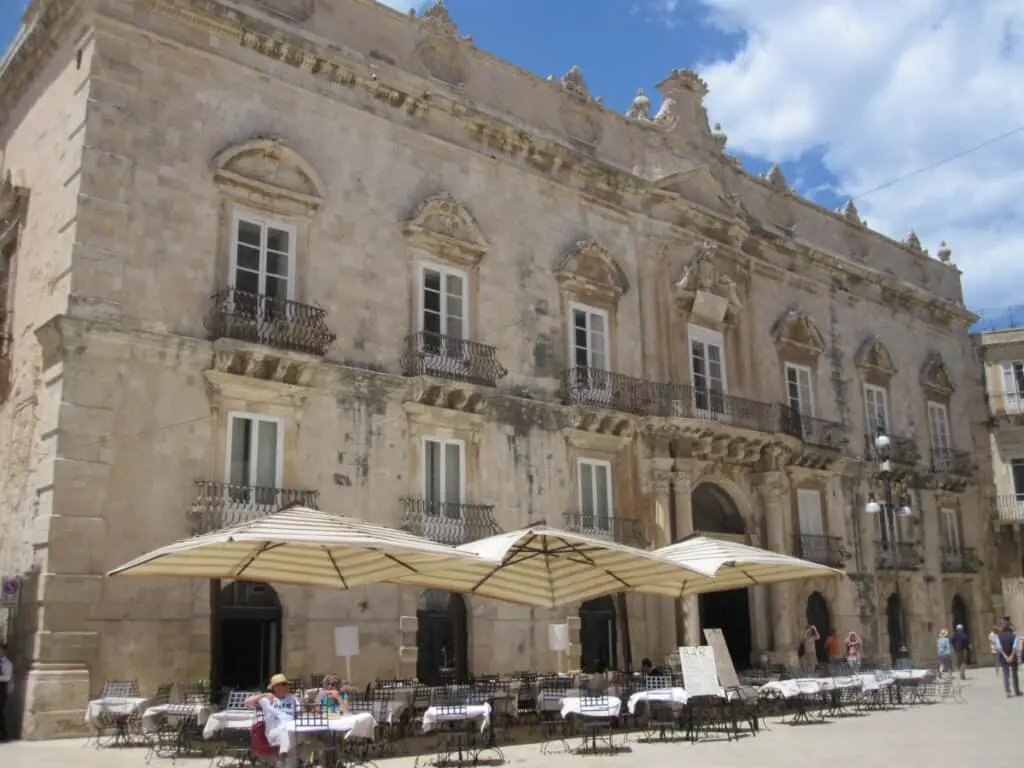
Many workers are even able to return home for their lunch break and eat with their family before they go back out to work. In fact, children finish school for the day at around 12:30 pm, and working parents are often able to pick them up from work and cook lunch for them.
10. Italy is family friendly and the streets feel safe at night
All countries have specific places which feel less safe and are less family-friendly than others, and that includes Italy.
The beauty of Italy, however, is that as a general rule, walking late at night with your whole family feels safe in most places. This creates a sense that public places are for everyone, and a feeling of being welcome and integrated within the local community.
To give you a more concrete idea, there are not many places in Italy where you feel that it is unsafe or inappropriate for children to be.
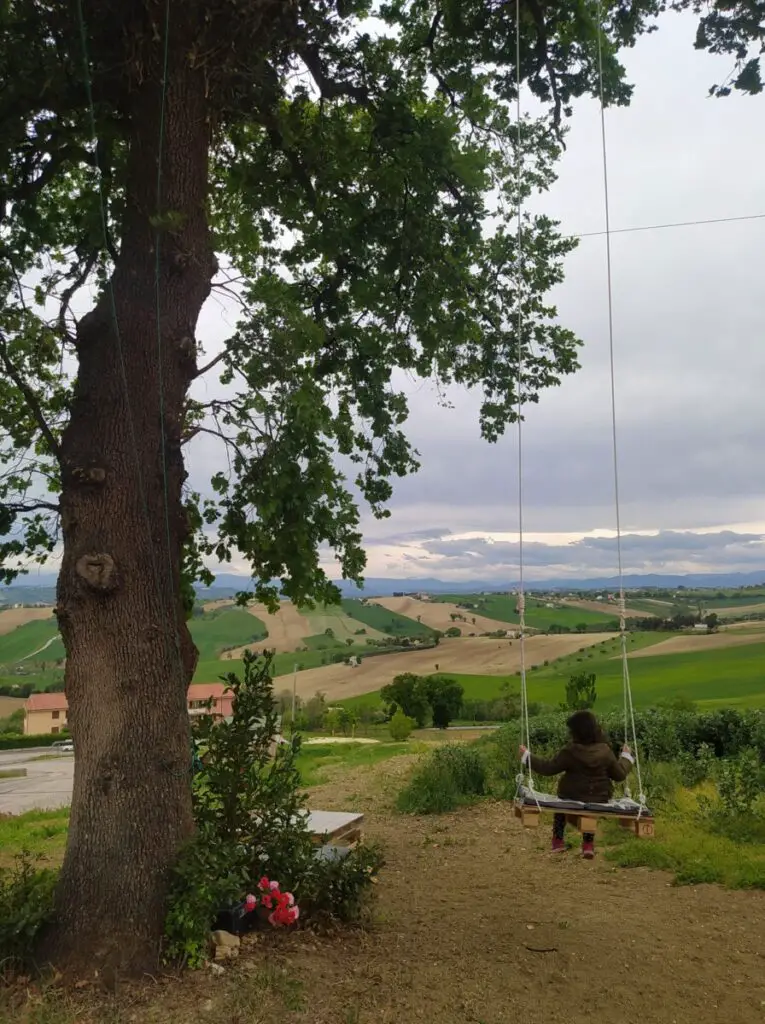
It is not uncommon to see whole families, including small children, enjoy a late evening walk (sometimes very late!) particularly in smaller cities and towns, as the streets feel cheerful, safe and welcoming.


